Boom Cylinder For Case Small Excavator CX58C
Üheks hüdrosilindrite tootjaks, tarnijaks ja mehaaniliste toodete eksportijaks pakume hüdrosilindreid ja paljusid teisi tooteid.
Palun võtke meiega ühendust üksikasjade saamiseks.
Post:sales@hydraulic-cylinders.net
Tootja tarnija eksportija hüdrosilindrid.
Boom Cylinder For Case Small Excavator CX58C
Understanding Boom Cylinders
The Boom Cylinder is a vital hydraulic component designed specifically for controlling the movement of buckets in heavy machinery such as excavators, backhoes, and front loaders. This hydraulic cylinder allows the bucket to lift, lower, and tilt, facilitating efficient material handling operations. As a specialized hydraulic device, it plays a crucial role in ensuring the smooth operation of these machines, enabling them to perform tasks like digging, lifting, and transporting materials effectively.
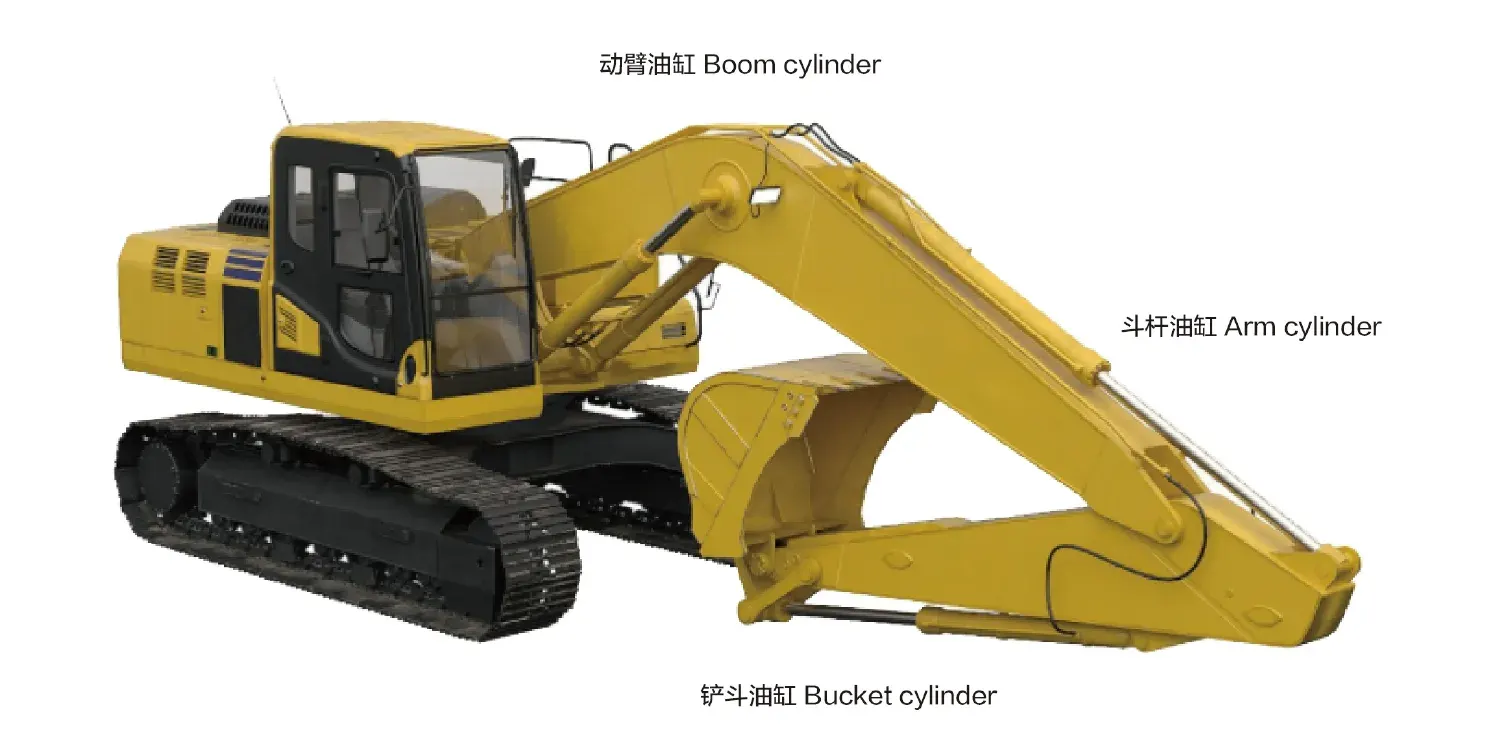
Definition and Overview
The Bucket Cylinder is a type of hydraulic cylinder that operates within a hydraulic system, converting hydraulic energy into mechanical force. It is particularly essential in construction equipment and agricultural machinery, where it directly affects the performance and efficiency of operations. The cylinder’s ability to provide controlled motion is critical, as it ensures precision and power during lifting and digging tasks. This hydraulic system’s integral design not only enhances productivity but also contributes to the overall safety and effectiveness of heavy machinery.
Key Features of the Boom Cylinder
- High Strength and Durability: Crafted from high-strength steel or aluminum, the boom cylinder is designed to withstand high pressures and heavy loads, making it ideal for harsh working environments. Its construction considers wear resistance and corrosion resistance, greatly extending its operational lifespan.
- Efficient Hydraulic Operation: Utilizing hydraulic oil pressure for smooth extension and retraction, this cylinder responds quickly to control commands, delivering powerful push and pull forces suitable for heavy lifting and complex tasks.
- Diverse Types Available: Depending on the needs, users can choose single-action (operating in one direction) or double-action (operating in both directions) cylinders. Some models are telescopic, allowing for greater extension without increasing external dimensions, ideal for applications with space constraints.
- Customizable Solutions: We manufacture this product with precision, ensuring that our cylinders can perfectly replace existing hydraulic cylinders used in various machinery applications.
- Advanced Design Technology: Our boom cylinders are designed using cutting-edge technology that guarantees compatibility with various excavator models, optimizing performance and reliability.
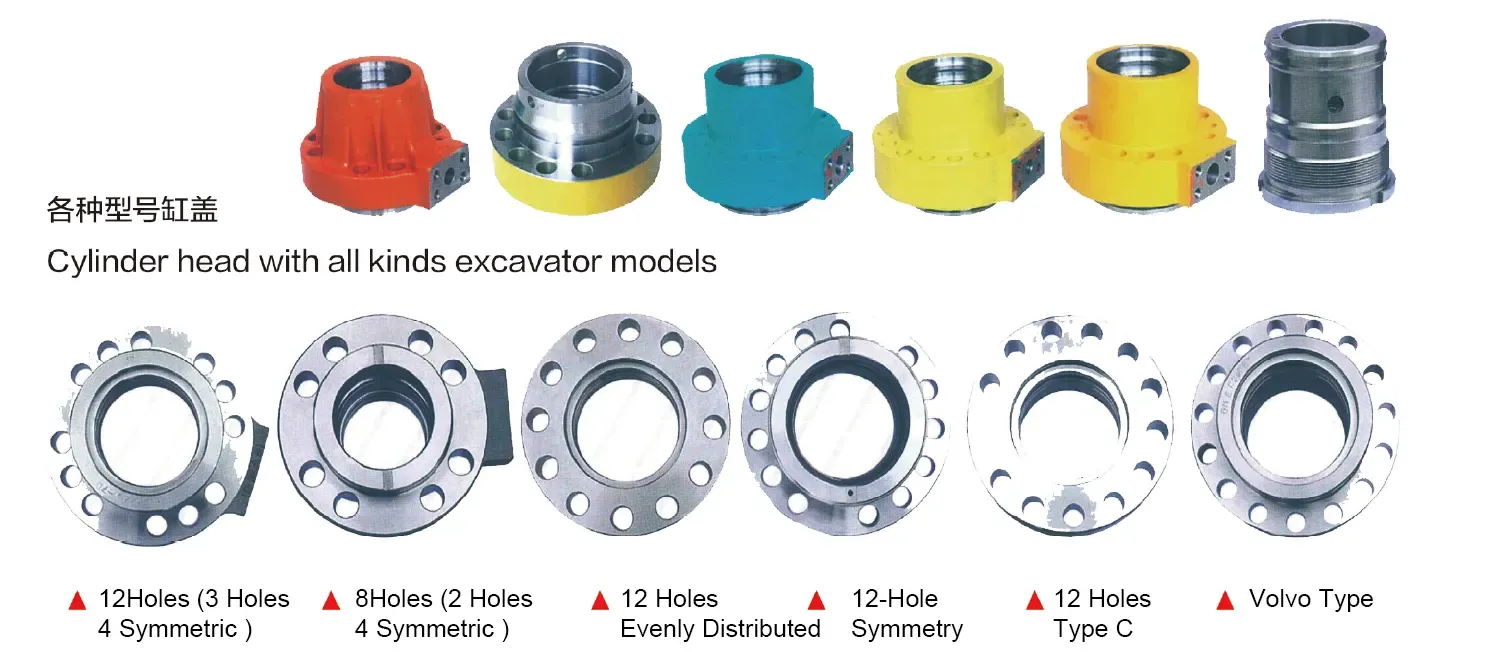
Applications of the Boom Cylinder
Construction Equipment
In excavators, boom cylinders are pivotal for digging, loading, and relocating soil or debris. They enable the precise movement of the bucket, enhancing productivity on construction sites. The control provided by the boom cylinder simplifies the operator’s tasks, allowing for effective excavation and material handling.
Agricultural Machinery
In front-end loaders, boom cylinders are used for scooping, lifting, and transporting materials such as soil, hay, and other agricultural products. Their robust design ensures they handle the demanding nature of agricultural work, allowing farmers to manage their tasks efficiently.
Excavation Operations
Excavators rely heavily on boom cylinders for the digging process. By enabling the bucket to penetrate the soil effectively, the cylinder facilitates deeper and more efficient excavations, essential for various construction and landscaping projects.
Loader Applications
In front loaders, boom cylinders assist in lifting and dumping loads effectively. Their design ensures that heavy materials can be raised and tilted, allowing for efficient unloading operations, thus maximizing productivity and minimizing time spent on tasks.
Design Considerations and Selection Criteria
Load Capacity
When selecting a boom cylinder, it is crucial to consider its load capacity. The cylinder must be able to handle the maximum weight of the load it will lift or move without risk of failure. Overloading a cylinder can lead to catastrophic failures and accidents, making it essential to choose a cylinder that exceeds the expected load requirements.
Sealing Systems
A reliable sealing system is necessary to prevent hydraulic fluid leaks and ensure optimal performance. Suitable seals should be selected based on the operating environment, with options like polyurethane and nitrile rubber available for their durability and resistance to wear. Quality sealing affects the efficiency and longevity of the cylinder significantly.
Durability
Durability is a key factor when selecting hydraulic cylinders. Materials used in construction should resist wear and corrosion, particularly in environments exposed to harsh conditions. High-strength materials combined with protective coatings can enhance the longevity of the cylinder, ensuring it withstands regular use without deterioration.
Safety Features
Safety is paramount in hydraulic cylinder design. The inclusion of features such as pressure relief valves and overload protection mechanisms can prevent accidents and equipment failures. It is essential to ensure these features are integrated into the design to promote safe operation in the field.
Maintenance Accessibility
Designing a hydraulic cylinder with maintenance accessibility in mind can significantly ease the upkeep process. Features that allow for easy inspection, cleaning, and part replacement can save time and reduce costs associated with extended downtime. Ensuring that all components are accessible will facilitate regular maintenance checks.

Sealing and Lubrication
The effectiveness of a hydraulic system heavily depends on its sealing and lubrication. Various seals, including piston seals and rod seals, should be utilized in the boom cylinder. Seals made from durable materials, such as polyurethane and nitrile rubber, enhance wear resistance and longevity. Additionally, the cylinder body and threaded end surfaces must undergo fine processing to improve wear resistance.
Regular lubrication is crucial to maintaining optimal operating conditions. Hydraulic oil should be periodically added to ensure smooth operation and prevent wear. Proper lubrication minimizes friction and heat generation, which can damage internal components over time.
Regular Inspection and Preventive Maintenance Measures
- Routine Checks: Schedule regular inspections of the boom cylinder to identify any signs of wear or damage. Look for leaks and ensure that all seals are functioning correctly.
- Proper Lubrication: Maintain a schedule for lubricating the cylinder to prevent wear and ensure efficient operation. Check the hydraulic oil levels and top up as needed.
- Seal Replacement: Monitor the condition of the seals regularly. Replace worn or damaged seals promptly to avoid leaks and loss of hydraulic pressure.
Installation Guidelines
Correct installation of the boom cylinder is vital for optimal performance. Begin by ensuring that the mounting surfaces are clean and free from debris. Align the cylinder properly with the existing attachments to avoid misalignment issues that could lead to premature wear or failure. Use proper mounting brackets to secure the cylinder in place, ensuring it is adequately supported during operation.
When connecting hydraulic lines, ensure they are free from kinks or obstructions that may impede fluid flow. Check all connections for tightness to prevent leaks. After installation, conduct a test run to verify that the cylinder operates smoothly and that there are no leaks or unusual noises.
Common Maintenance Tasks
- Regular Inspections: Inspections should be conducted at scheduled intervals to identify any potential issues early. Look for signs of wear, leaks, or misalignment, and address these promptly to prevent costly repairs.
- Appropriate Lubrication: Ensure that the hydraulic system is adequately lubricated to maintain optimal performance. Regularly check oil levels and add hydraulic fluid as necessary to ensure smooth operation.
- Seal Replacement and Calibration: Regularly assess the condition of seals and replace them as needed. Calibration checks will ensure the system operates within safe parameters, preventing overloads and potential failures.
Safety Considerations and Environmental Factors
When using hydraulic cylinders, it is crucial to implement safety measures to protect operators and equipment. Proper training on the operation and maintenance of hydraulic systems is essential to minimize accidents. Always follow the manufacturer’s guidelines regarding load limits and operational procedures.
Environmental factors also play a significant role in the longevity of hydraulic systems. Ensure that the working environment is free from contaminants and that hydraulic fluids are disposed of properly to minimize environmental impact.
Troubleshooting and Common Issues
- Leakage: Leaks can stem from worn seals or damaged components. Regular checks should be conducted to identify leaks early and replace damaged parts.
- Inconsistent Operation: If the boom cylinder is not extending or retracting smoothly, it may indicate low hydraulic fluid levels or air in the system. Check fluid levels and bleed the system if necessary.
- Strange Noises: Unusual sounds during operation could indicate internal damage or lack of lubrication. Investigate the source of the noise and address any issues promptly.
Tips for Troubleshooting Issues
To effectively diagnose issues with the boom cylinder, start by checking for visible signs of damage or wear. Ensure that the hydraulic fluid levels are adequate and that there are no blockages in the hydraulic lines. If leaks are present, identify their source and replace damaged seals or components as needed. Regular maintenance practices can help prevent many common issues, thereby extending the lifespan of the hydraulic cylinder and ensuring reliable performance.
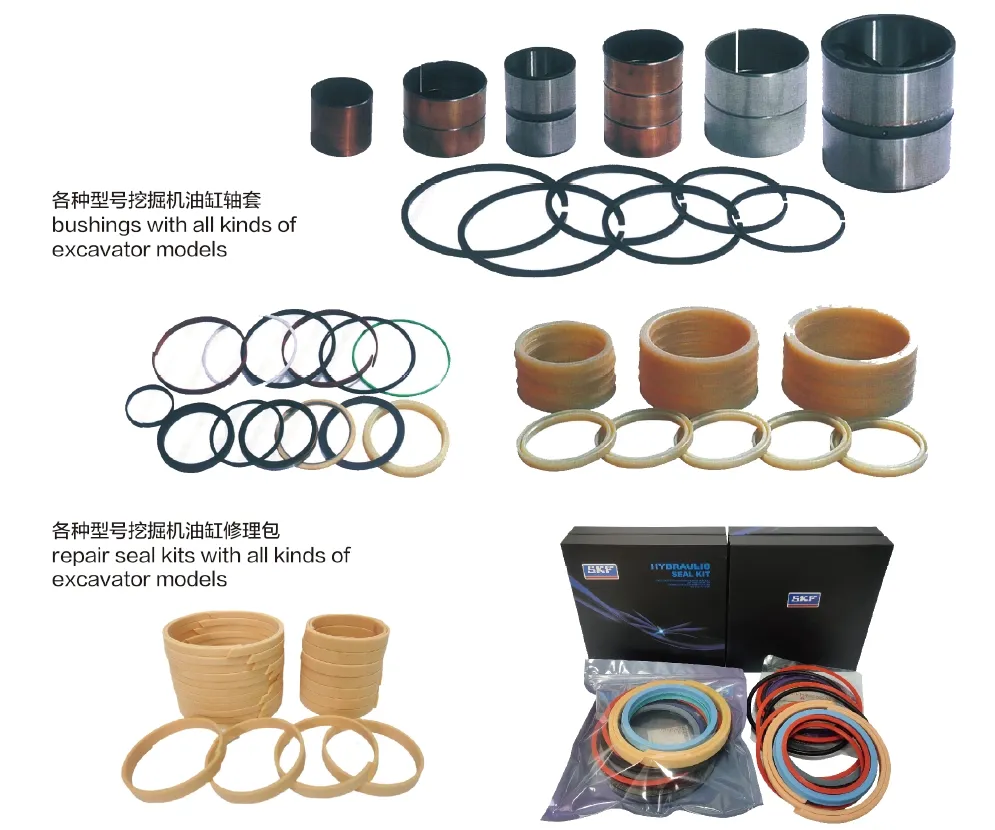
About Our Company
We are a leading manufacturer of replacement hydraulic cylinders, offering a comprehensive range of products. Our commitment to excellence has made us a prominent player in both domestic and international markets. We adhere to high-quality standards, utilizing an industrial production management strategy in our finely-tuned manufacturing workshops. Our company continually enhances its production capabilities through skilled personnel, advanced digital manufacturing equipment, and professional testing systems.
We take pride in our ability to provide customized solutions to meet diverse customer needs. Our focus on high efficiency, precision, and quality ensures that we meet and exceed market demands. With a robust creative capacity, we are dedicated to delivering products that enhance performance and reliability.
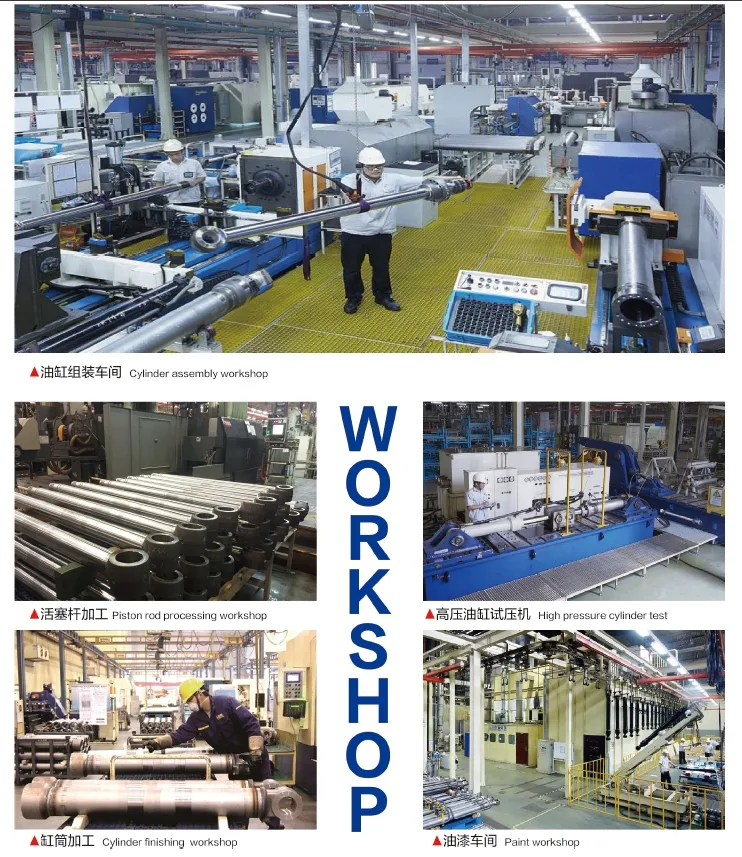
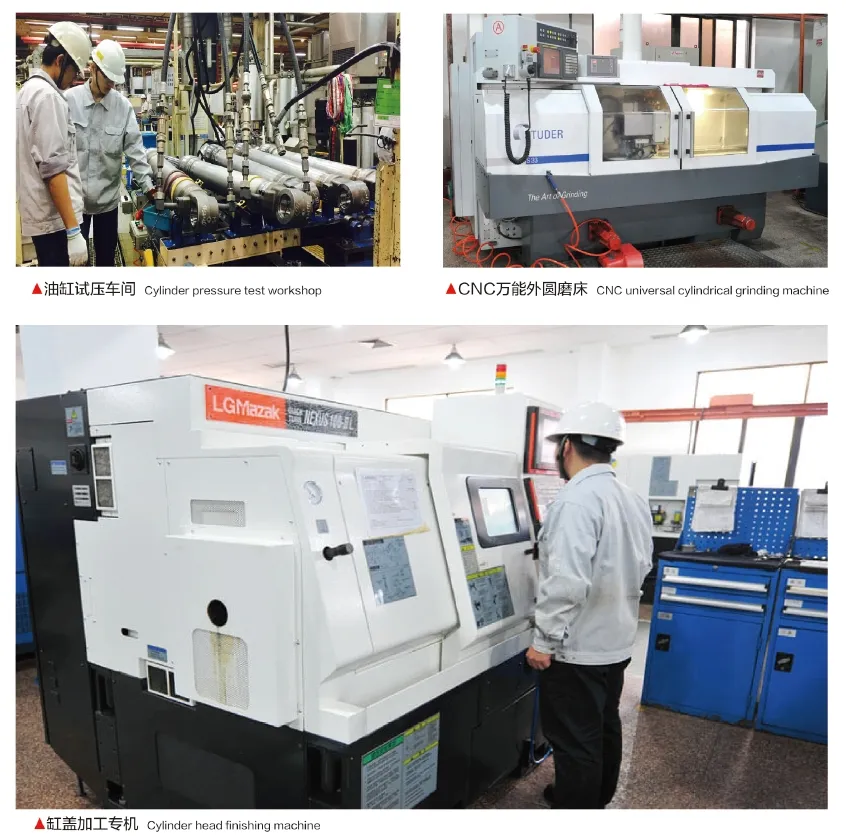
Author: lyl
Tehke ekskursioon meie VR-tehases:
Tehke ekskursioon meie VR-tehases koos järgmisega
Hüdrosilindri kasutamine:


